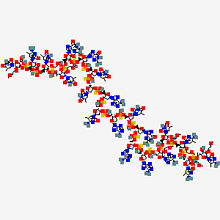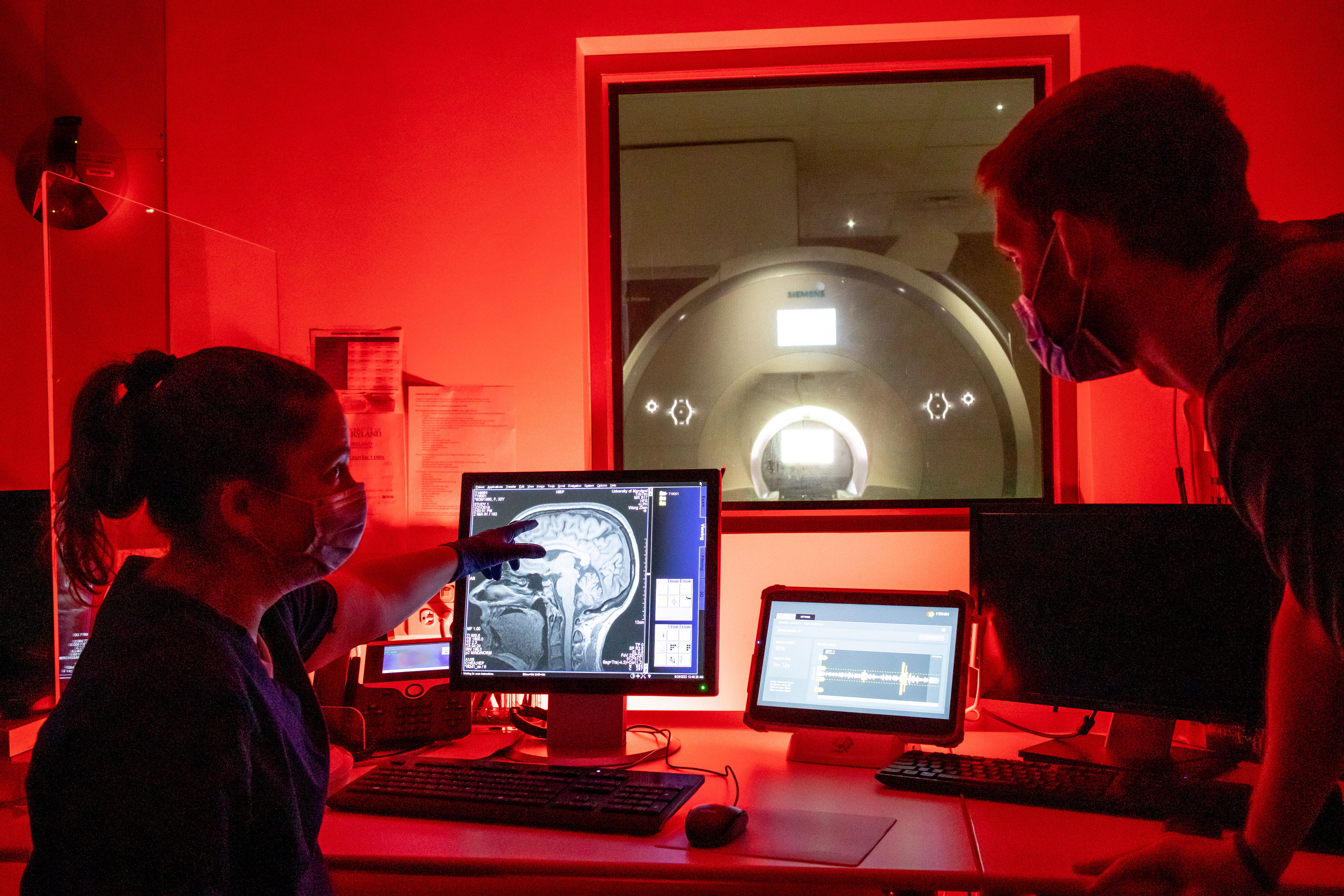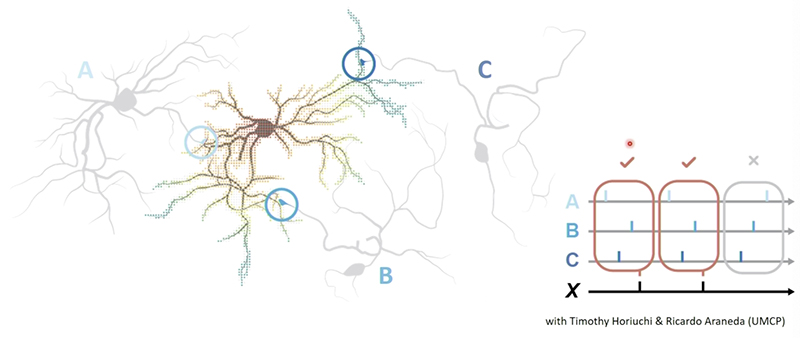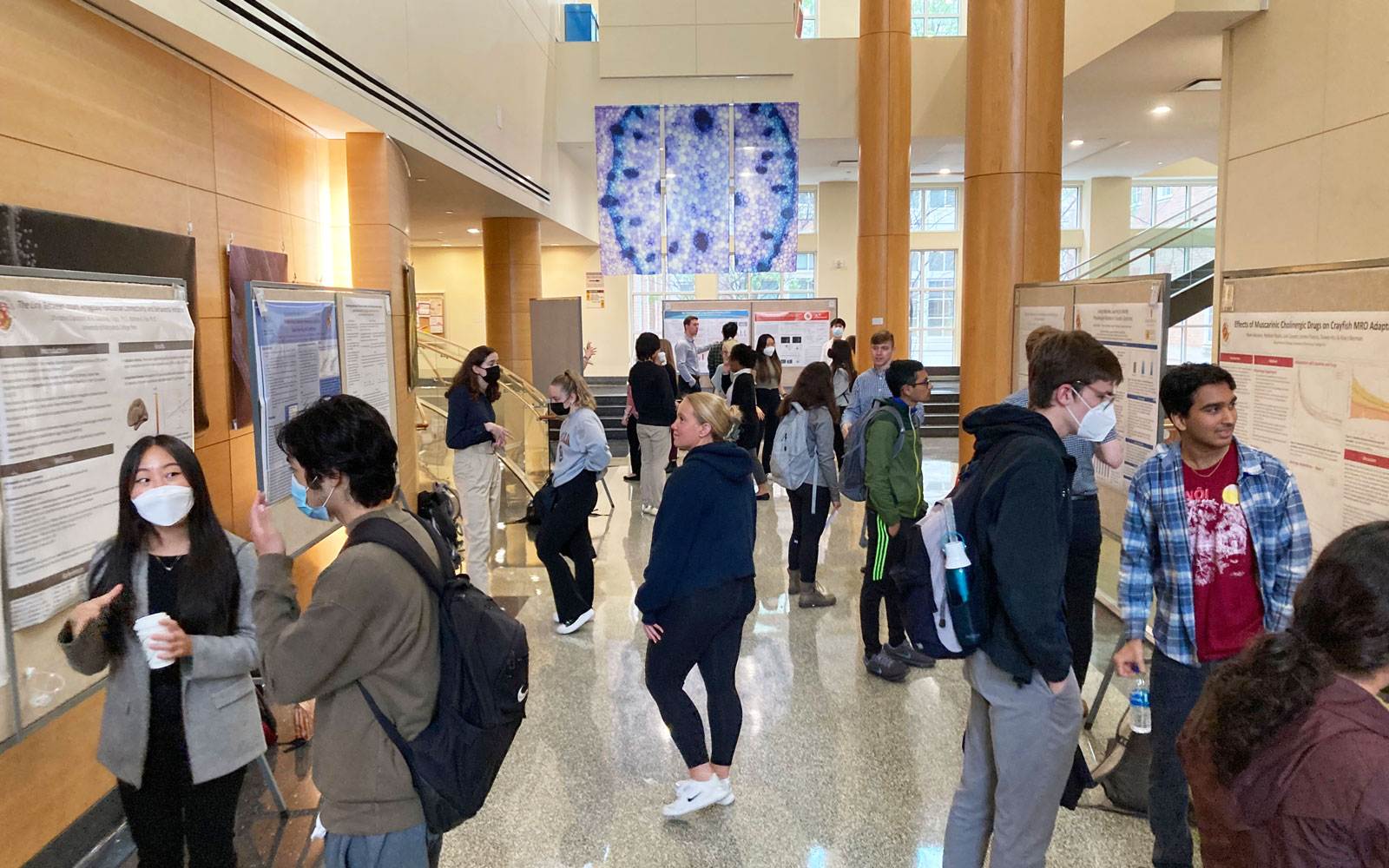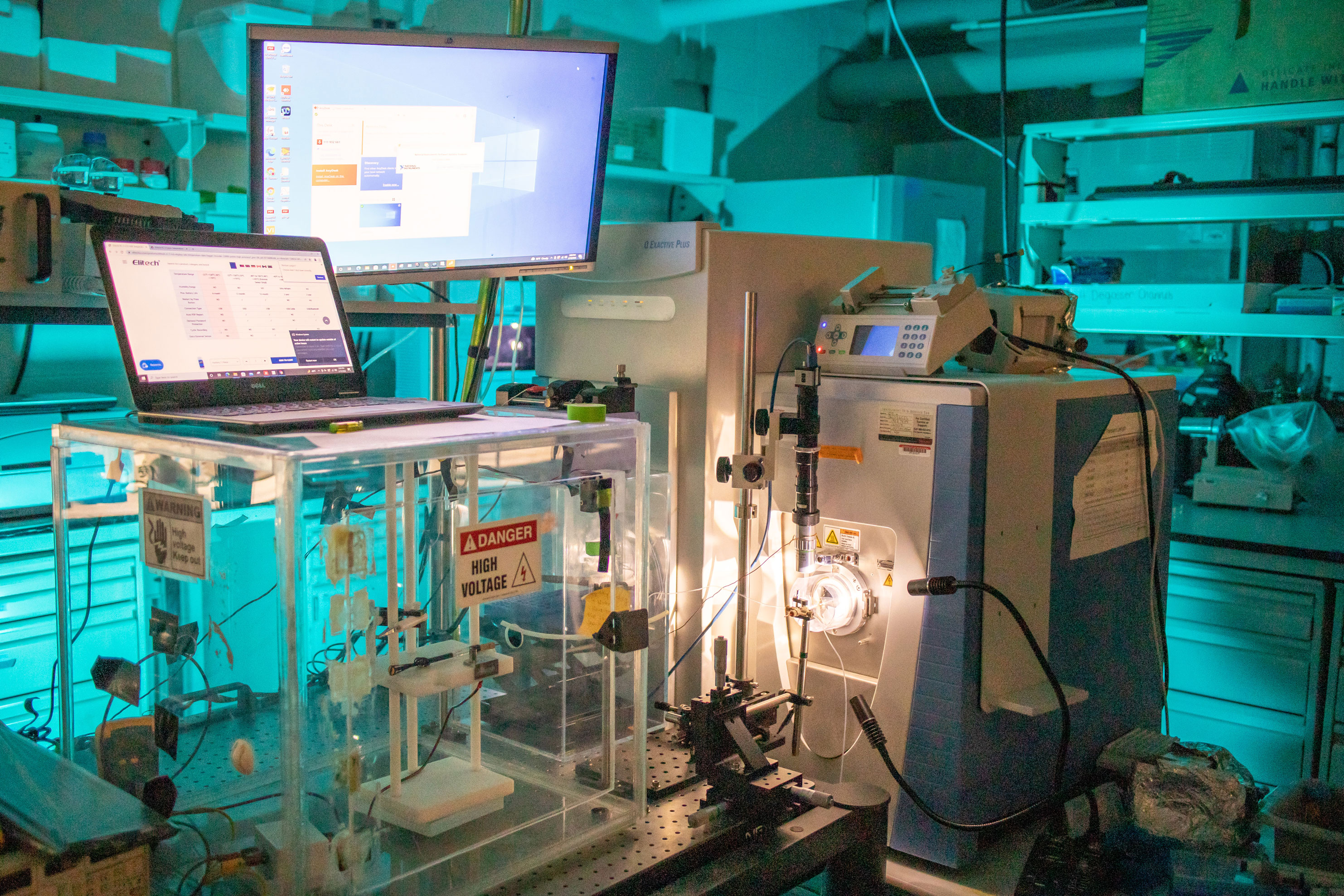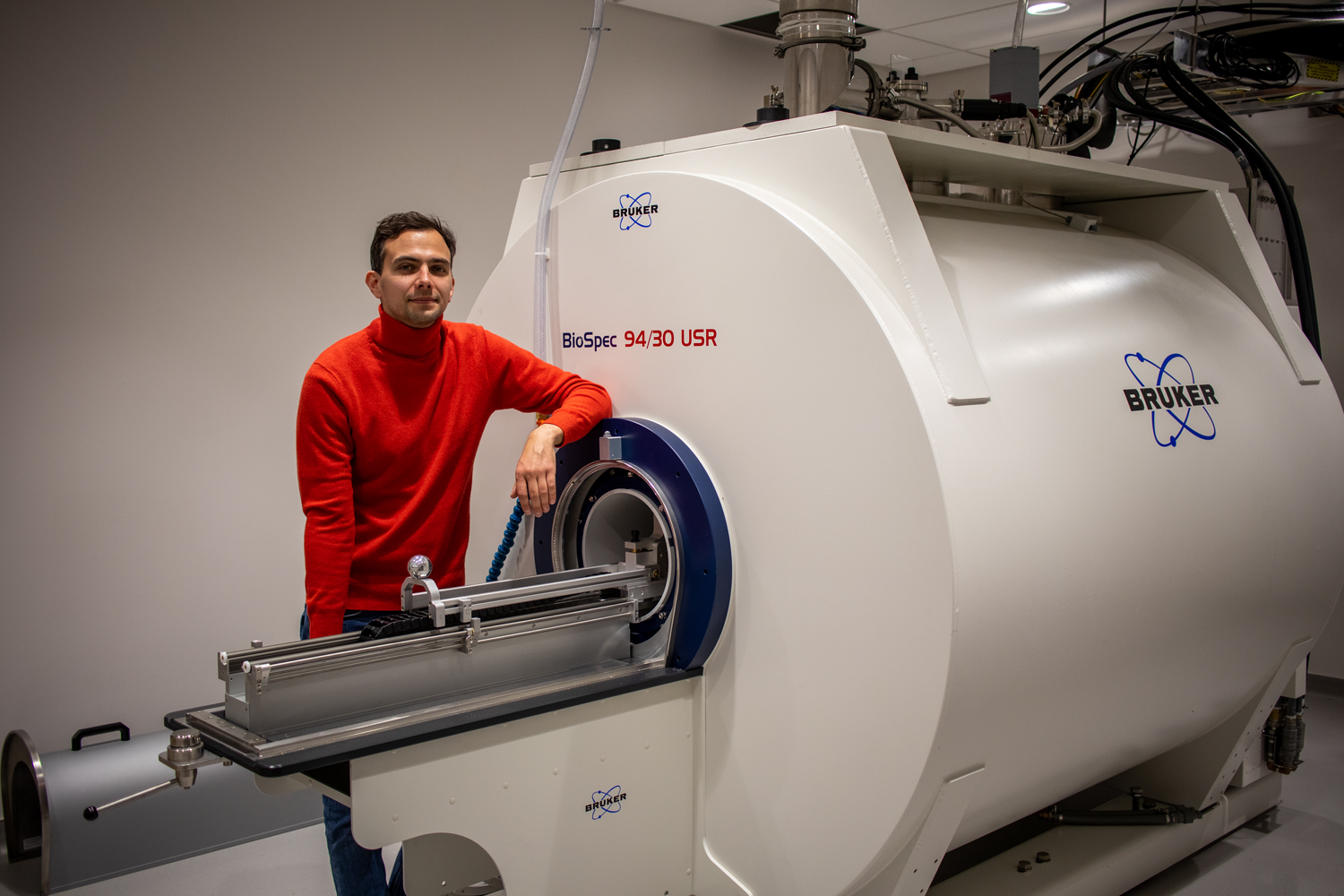News Story
Isolated Cells, Inclusive Science
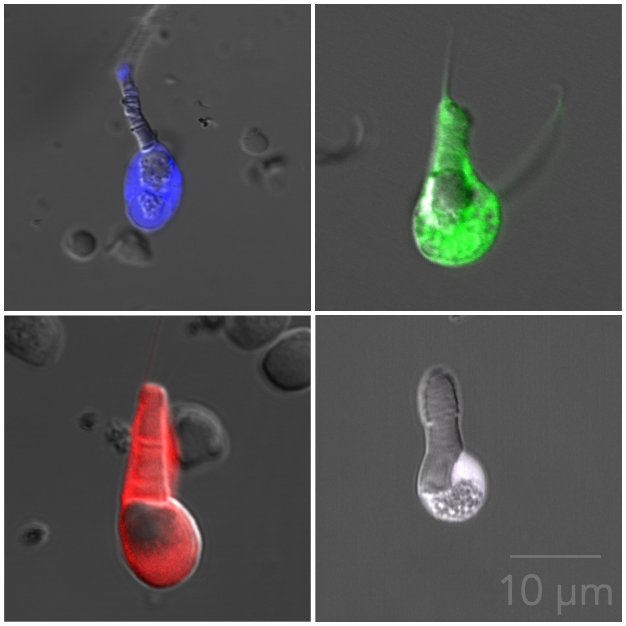
Dissociated and live photoreceptors, each with preserved outer segments and identifiable mitochondrial bundles. Images by Juan Angueyra.
The open science movement seeks to maximize information sharing and foster collaboration by eliminating barriers to the circulation of scientific findings—by, for example, removing paywalls or making one’s data publicly available. In a paper recently published in eLife, one UMD neuroscientist stretches open science to the limits of inclusivity.
New research by Juan Angueyra, an assistant professor with joint appointments in the Department of Biology and the Brain and Behavior Institute (BBI), goes beyond the call for open access by supplying readers with an interactive interface that integrates his data with other, complementary studies. The result is a digital tool that virtually dissolves the need for technical expertise in coding or bioinformatic analysis. Now, other researchers can easily apply Angueyra’s work on how gene expression controls retinal development to future studies.
“I wanted investigators to have the ability simply to pick their favorite gene and see whether it is expressed in the retina,” said Angueyra, “Finding that information quickly is essential for the kind of hypothesis generation that transcriptomic datasets excel at.”
Angueyra’s paper demonstrates a method for isolating single cells and for individually sequencing their RNA. In this case, the cells are photoreceptor cells, or the cells in the retina that detect light to mediate vision. This process resulted in a comprehensive readout of 150 genes that, Angueyra hypothesized, could be involved in the generation of photoreceptors. Of these 150 genes, only about 15 were previously identified and studied; the function of the remaining 135 remains a mystery and under active research in Angueyra’s group.
The ultra-accessible, in-depth map of gene expression is a product of Angueyra’s method for cell selection. Other genomic studies use a semi-automated process to capture cells and sequence material from as many as 20,000 combined cells. Angueyra’s project manually isolates individual photoreceptors: using a human-controlled micropipette, the contents of each cell are individually vacuumed up and sequestered. This technique affords Angueyra the opportunity to sequence the RNA of retinal cells that were alive and intact.
Sequencing the genetic information of these dissociated cells is just the beginning. Cutting-edge single-cell sequencing capabilities at the BBI’s Advanced Genomic Technologies Core let Angueyra ask additional questions about the development of the human eye. Once a researcher characterizes a new gene as central to development, Angueyra explained, they can then begin to ask the really interesting questions. “In particular,” he noted, “advanced sequencing techniques allow us to investigate the genes that govern the gene under consideration. Who watches the watchmen, so to speak?”
According to Angueyra, the paper’s digital tool and open access to data serves as a way to watch out for the next generation of scientists. A researcher who rarely analyzes datasets of sequenced RNA may face a significant hurdle without Angueyra’s interface given the time and investment necessary to learn bioinformatic techniques.
“It’s a silly barrier because the data has already been analyzed,” said Angueyra. “All the individual requires in order to test their hypotheses is a means for plotting it. Creating this resource was a huge amount of work in terms of making the data completely usable by anyone regardless of mathematic proficiency, but I’m proud to offer it.”
###
Writer: Nathaniel Underland, underlan@umd.edu
About the Brain and Behavior Institute: The mission of the BBI is to maximize existing strengths in neuroscience research, education and training at the University of Maryland and to elevate campus neuroscience through innovative, multidisciplinary approaches that expand our research portfolio, develop novel tools and approaches and advance the translation of basic science. A centralized community of neuroscientists, engineers, computer scientists, mathematicians, physical scientists, cognitive scientists and humanities scholars, the BBI looks to solve some of the most pressing problems related to nervous system function and disease.
Published March 6, 2023
